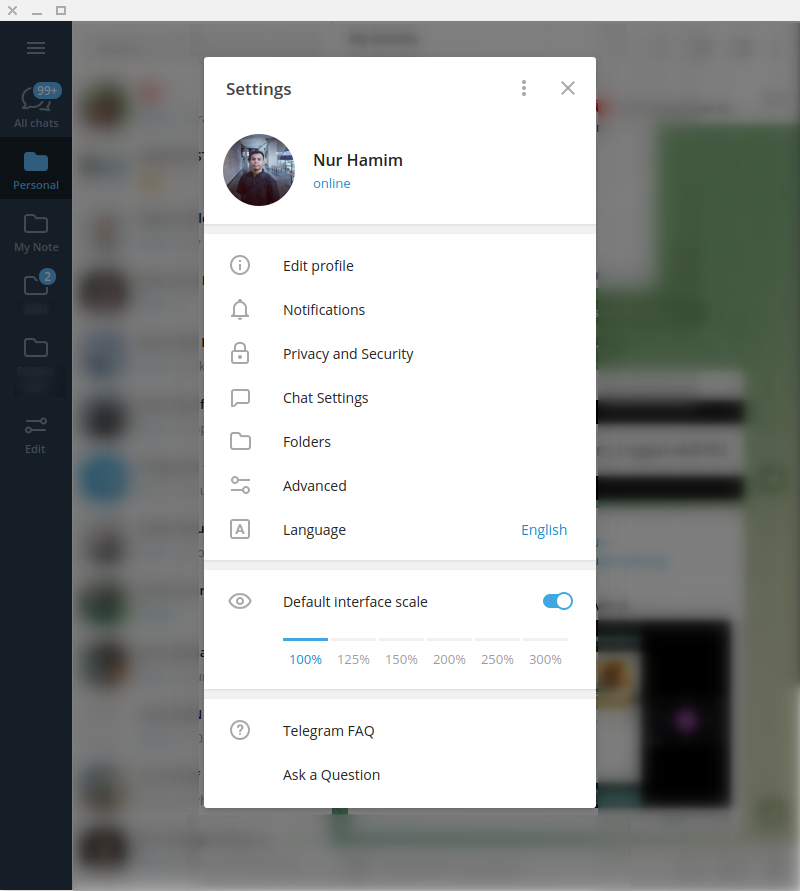How to hack someones instagram account on computer
How To Hack Someone’s Instagram Account
Instagram has become one of the most popular social media apps. In 2021, there were about 1.21 billion Instagram accounts worldwide. Many users have shared their life through photos, stories, and videos, putting a lot of their details and information in this one app.
However, for your reasons, which might be valid, you may want to hack an Instagram account. It’s not impossible to hack an account on Instagram, as they can, and do, get hacked. If you’re trying to learn how to hack an Instagram account, read on to learn the various methods.
How to Hack Someone’s Instagram Account with mSpy Tool
mSpy is one of the best Instagram spying apps that lets parents know what their children are doing online.
With the mSpy app on your child’s smartphone or computer, you can monitor their text messages, see where they are, and know with whom they are talking. It can monitor their browsing history, WhatsApp, Snapchat, Facebook, Instagram, and more.
The best part about mSpy is that you will receive a notification if your kid removes the app from their phone. Getting the software and using it is not difficult. Here are the steps:
Step 1) Get a subscription to mSpy
Enter your email address and purchase a plan based on your requirement
Step 2) Download the App.
Select the type of mobile device you want to monitor. (Android or iOS devices). You need to make sure that you have physical access to the phone. Here, we have selected an Android device.
Note: Pay careful attention to the instructions since some of their premium features require rooting your Android device or jailbreaking an iPhone.
Step 3) Select your Android device manufacturer
You will get different Android device manufacturers like 1) Samsung, 2) Huawei, 3) Xiaomi, 4) Moto, 5) Google Pixel, 6) LG and 7) any other manufacturers.
Here, we have selected Samsung. Then Press “Proceed,”
Then Press “Proceed,”
Step 4) Download the app on your Mobile device.
Follow on-screen instructions and configure mSpy.
Step 5) Log in with your credentials and open mSpy dashboard after 1-2 hours to track your kid’s Instagram activity.
Step 6) Click on the Instagram message option
Now scroll down and click the Instagram message option.
Step 7) See the Instagram activities
You can see all the Instagram messages of that person.
Remember that if your child loses or breaks their phone, you can put mSpy on a new device without changing your subscription.
Try mSpy >>
14-Days Money-Back Guarantee
How to Hack Instagram ID: 4 Methods
Hackers can use several methods to gain access to your Instagram account. Here are some common things hackers can do to manipulate your Instagram account.
Method 1: Using the Phishing
Phishing is a method of hacking that involves sending emails that appear to be from a reputable company. People may get tricked into providing personal information such as social security numbers, passwords, and credit card numbers with these emails alone.
People may get tricked into providing personal information such as social security numbers, passwords, and credit card numbers with these emails alone.
This method can also access a person’s social media accounts. The email or Instagram message may pretend to be from the Instagram company itself and tell the recipient they have been the victim of an attack. They will be instructed to provide their username and password to take the following steps. That information is all that a hacker needs to get into their account.
Method 2: Password with a Keylogger
Keylogging software is another way your Instagram account can be hacked. It is more difficult for hackers to do this from a distance since the software has to be installed on your computer. However, it is the kind of thing your employer could have access to.
This software can keep track of every keystroke from the target device. You could visit Instagram, put in your login credentials, and keep a record of every key you pressed on your keyboard and sent to another computer. With that information, someone could figure out which of those strokes were your username and password.
With that information, someone could figure out which of those strokes were your username and password.
Method 3: Hack an Account by Guessing a Password
Hackers who use the method to get into your Instagram account could be guessing your password. It is the route parents might take with their children’s devices.
If you know the person, it could be easy to guess their password. It could be their pet’s name or the name of their favorite band. Moreover, many users use the same password for multiple accounts, making it even easier.
Method 4: By Opening Saved Passwords Storage
Accessing saved passwords on a computer is a tricky method of hacking that requires a lot of experience. It is a method used by actual hackers that do not want your information for good purposes.
Sometimes, it is used in conjunction with phishing. If they can get you to give them remote access to your computer by clicking a login link, they can go into your files and find the passwords to all the websites you visit frequently.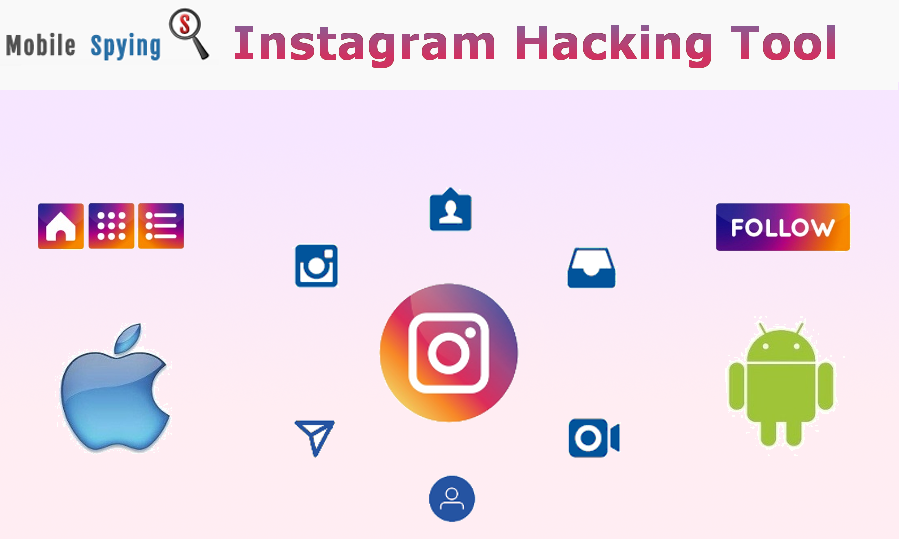
Once they find the password for Instagram, they can get your pictures, Instagram messages, friends list, and more.
What Happens if Someone Hacks Your Instagram Account?
The last thing you may want is to have someone else hack your own Instagram account. If a hacker can manage your account on this social media app, they’ll be able to have access to your personal information like:
- Phone number
- Email address
- Birthday
- Name
- Videos
- Photos
- Stories
- Activities
- People you follow
- Messages
- Likes
In most cases, hackers gather personal details to access your email, accounts in other social media apps, bank accounts, and many others.
What Are the Reasons to Hack Instagram Accounts Without Using a Password?
The term “hacking” immediately conjures images of computer thieves. For the most part, that word describes gaining access to someone’s computer to steal or do something secretly.![]()
However, here are some valid reasons why people want to hack someone’s Instagram accounts:
For Parental Control: Parents of young children or teenagers must be careful in today’s online world. There are countless ways to be taken advantage of. They could be the target of online bullying by their peers or something even darker, such as physical or sexual abuse. Parents need to have a tool that will allow them to see what their children are doing online and to who they are sending direct messages.
Snooping through an Instagram account to manage your children’s activities would probably make them angry, but many parents find no other way to be sure they are keeping their kids safe.
For Revealing a Cheating Spouse: Few things can be more emotionally hurtful than finding out your spouse has been unfaithful. Some people have found various ways to hack their spouse’s Instagram account to obtain proof of their infidelity. It may seem like an ultimate step, but in some states, that proof is necessary during divorce proceedings.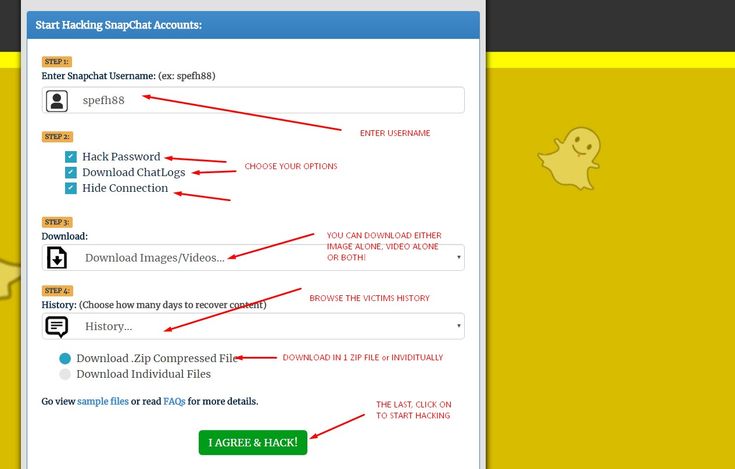
For Employee Monitoring: There are not many ways that a company can justify hacking their employees’ Instagram accounts. They can argue that they want to be sure you are not using social media during your working hours. They may say they are monitoring to be sure your conduct is up to their company standards.
Most people believe accessing your private Instagram account is a trust violation and can see anything they need on your public posts. However, some companies will use software to access your social media accounts.
For Stealing Personal Information: The most common reason why hackers may illegally access an Instagram account is to get one’s personal information. If a hacker succeeds in logging into an account on Instagram, they can open accounts in an individual’s name and may be able to access the people they connect with online.
Not only that, but they may also be able to access personal information tied to the account, allowing them to gather and steal important personal information.
How To Prevent Instagram from Being Hacked
You know how your account could be vulnerable to a hacking attack, but there are many things you can do to protect yourself.
- Request a Login Link from Instagram: Getting a login link is a form of two-factor authentication. You can request that Instagram send you a new login link to your email. You can change your password when you open that email and click the link. Once that is done, anyone who has access to your account will be logged out and removed.
Because they won’t know your new password, it will force hackers to start over with the hacking process. However, most of them, at this point, would instead move on to a new account to hack. - Request a Security Code or Support from Instagram: In a similar way, you can request that Instagram email you a security code. Clicking on the link in your email will prompt you to enter the code. Once that is done, you will have the opportunity to change your password to log in.

- Verify Your Identity: You can also request that Instagram verifies your identity. You will enter your full name and submit your driver’s license or government-issued ID. Since a hacker will have none of these documents, they will get kicked offline and no longer have access to your account.
How to Hack into an Instagram Account
When I’m not studying videos of raccoons online (know your enemy!), I’m fielding requests from wannabe hackers all around the world because I work for Hacker Highschool. So, wannabe hackers tend to think our curriculum is there as a checklist of scriptkiddie tools that lets them DoS your online competition of Banjo Hero or creep into private Instagram accounts.
And it is. But it isn’t.
First, I recognize that hacking an Instagram password is wrong. I get it. Even if it’s their brother’s Instagram account they want to get into. Because it’s family that makes it okay, I guess. So yes, it's illegal, but being illegal doesn't make it wrong.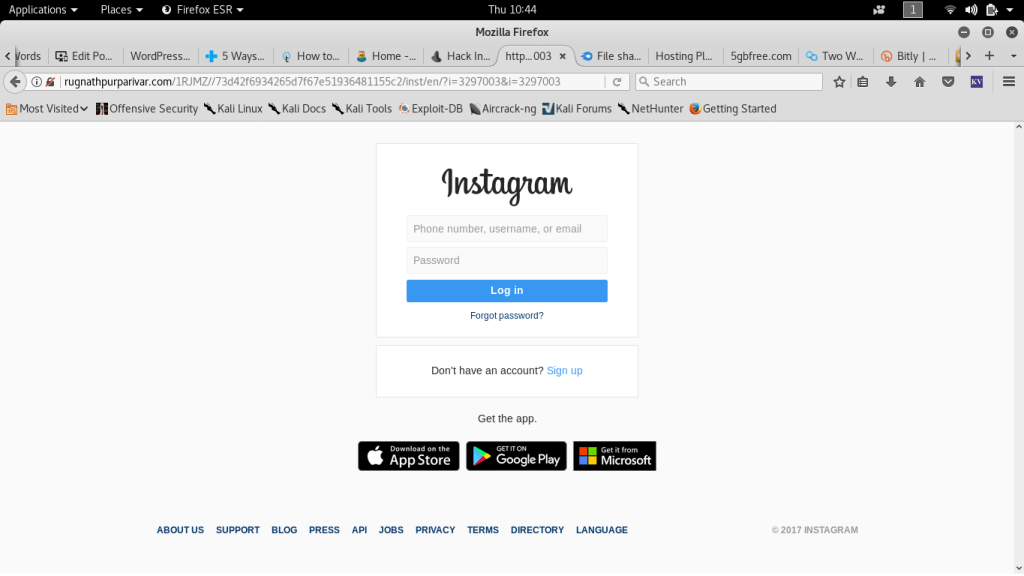 But it’s wrong because guessing a password isn’t hacking, and not because it’s their brother. And this is why so many nascent hacker-wannabes who want to learn hacking don’t really want to learn hacking. They want to learn computer magic, and it doesn’t really work like that.
But it’s wrong because guessing a password isn’t hacking, and not because it’s their brother. And this is why so many nascent hacker-wannabes who want to learn hacking don’t really want to learn hacking. They want to learn computer magic, and it doesn’t really work like that.
How it works is actual work. And it’s a grind sometimes. What’s strange is that so many people today can spend actual days virtually cutting virtual trees in a virtual world to get to level three tree warrior, but won’t spend an hour trying requests through Tamper Data to understand how Instagram on the web is authenticating people differently than the app. Strange because both are really not much more than pushing a cursor around a screen.
So, teaching you hacking is partly about teaching you how to set up and execute a kind of work grind. Then there’s the mindset thing too. But you know what, you need a mindset to get out of bed and go to work too, and that trumps the hacker mindset in the mornings. So, let’s leave the hacker mindset for those who already have the will to do the work grind mindset, because you won’t have one without the other.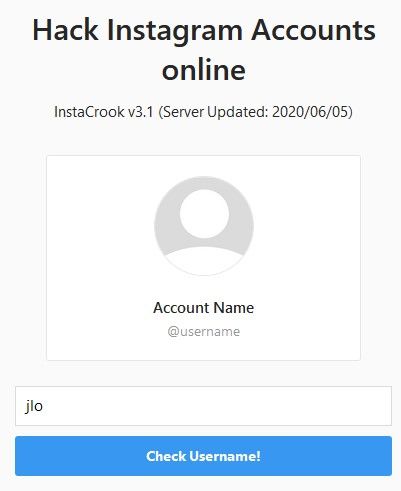
The last part of teaching you to hack an Instagram account is that by the time I teach you what you need to know with OS, protocols, services, daemons, applications, authentication, and encryption, and what you need to do with hiding, relaying, bouncing, testing, fuzzing, tracing, trying, retrying, and learning from your frequent failures, you’ll know too much about how little you really know and how you could get caught doing it. So, you probably won’t be doing anything illegal. They say a little knowledge is a dangerous thing, but when we’re talking about a skill like hacking that focuses on knowledge-gettin’ then you can expect to quickly have more than enough knowledge to see your own foolishness.
Unless you want me to just tell you to use the instacrack tool for Windows available on the ISECOM website to just put in an account name and view private account pictures. But that’s telling, not teaching, and it’s running a tool and not hacking. Also, don’t ask me how to cook if you want me to show you how to warm up a TV dinner.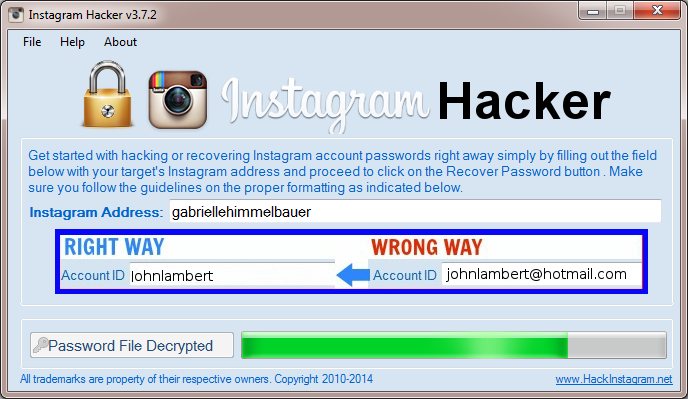
But if that’s really what you want, then you never wanted to be a hacker, which means your life is about only having enough knowledge to be dangerous. Which is okay if you want to be an amateur assassin or a cashier in a natural foods store for the rest of your life. Not judging. We all have our dreams. But then you’re looking in the wrong place.
Next thing to understand: hacking isn't a tool, it's a methodology. You likely won't be able to hack an established service without considerable time spent learning its operations and interactions. Which isn’t necessarily hard. It’s actually pretty straight-forward.
The fact of this is that there's only two ways to steal anything: either you take it, or someone gives it to you. You need to trick Instagram to give you their credentials. Or you need to trick the person whose credentials you want to steal into giving it to you. Or you need to take it from them, or Instagram. But it's likely you won't be able to take it from Instagram. Not impossible, just not likely because they have a lot more people with a lot more experience working on securing it then you have for breaking it. Supposedly. Who knows? Maybe you’ll get lucky. People win the lottery all the time. That’s why so many people play it.
Not impossible, just not likely because they have a lot more people with a lot more experience working on securing it then you have for breaking it. Supposedly. Who knows? Maybe you’ll get lucky. People win the lottery all the time. That’s why so many people play it.
Then those two ways actually expand into four tactics that you try against both the target sender and target receiver. These four:
- Induction – analyzing the target environment where the interactions happen (OS, app type, app development language, etc.). The environment is completely under the target’s control, so it’s important to figure out how they set up their applications to live there.
- Inquest – capturing and reading emanations from the target (domain services, errors, heat signatures, power spikes, info leaks in packet padding, etc.). As any family will tell you, from bath tubs to babies, everything leaks. It’s the same with computers. The Internet exists because protocols play nice, communicate, and share, or else you’d never get online and go anywhere.
 So, ask and find out what’s sharing what. And the better you listen, the more you know.
So, ask and find out what’s sharing what. And the better you listen, the more you know. - Interaction – triggering responses from the target by sending all possible types of interactions in all possible ways (TCP flag mutations, ICMP type and code mutations, etc.). Systems are designed to communicate with each other but it’s a needs-based, mono-thematic language similar to that as found in snow monkeys and teenage boys. Tell them the wrong things and you’ve lost them. But lose them the right way and they might give you a surprise, like access.
- Intervention – determining the resources the target needs and either starving them, or flooding them and forcing them to behave in a way that is outside their designed response (DNS, power, cooling, unsanitized inputs, ARP replies, etc.). Do the thing the designers didn’t anticipate to ever happen and you’ll force the system into doing something insecure.
So there. Use those four. Now you know where your targets are and the tactics to try. That leaves you with a few options in your grind. If you need more specific examples on you how you would apply these four tactics to real-world, how would you take over your brother’s Instagram account, here's five common ones to get you started:
That leaves you with a few options in your grind. If you need more specific examples on you how you would apply these four tactics to real-world, how would you take over your brother’s Instagram account, here's five common ones to get you started:
- Use Inquest and take it from him using shoulder surfing. Just watch him type in his password without him knowing.
- Use Intervention and take it from him by sniffing the WiFi he uses- but again, man-in-the-middle attacks are work to set up if it's not your WiFi. Same with setting up a website that looks like Instagram for him to log into and then captures the password instead and then forwards him onto the real Instagram site so he doesn't know you took it.
- Use Induction by having him use your phone or computer to log into Instagram. Since you control the device you can control the environment and capture anything typed into it.
- Use Interaction and have Instagram give it to you by exploiting their process of lost passwords.
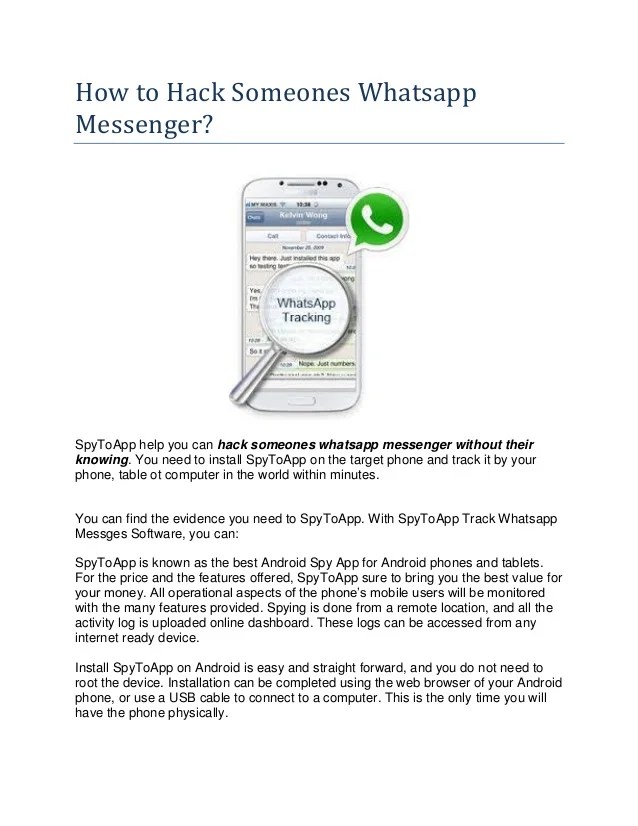 That takes a little thinking, but if he's really your brother then you may have access to his email or computer or something else where you can exploit that vector.
That takes a little thinking, but if he's really your brother then you may have access to his email or computer or something else where you can exploit that vector. - Finally, put all four tactics together and mount a multi-stage attack by putting malware on his system. You need a RAT - a remote access Trojan - to take over his computer. You'll also need to know how to get it on his system without his antivirus finding it. If it's a mobile device you have even more work ahead of you. And if the malware goes rogue and infects other systems or doesn't respond the way you want it to, then you have way bigger problems.
Now I’d like to tell you don’t do things that have worked before because system designers learn from their mistakes and the mistakes made by others. Unfortunately, they don’t. It’s not like Engineering students are forced to take a competency exam in all the mistakes previously done in engineering. Oh, if only! I would totally take that class just for fun! But they don’t, so feel free to try things that worked in the past.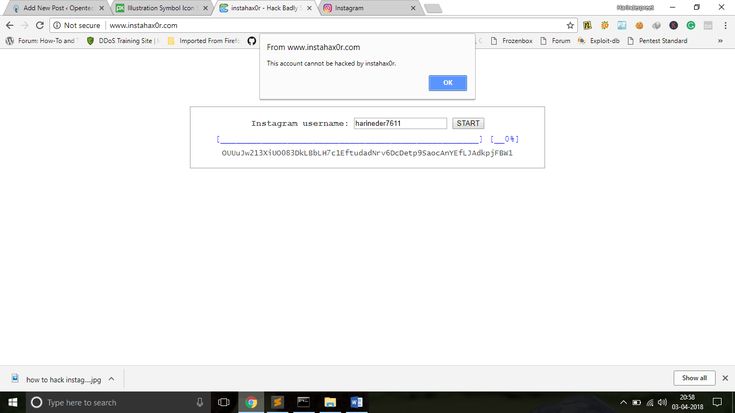
So that's it. No matter what you do, it will require more than just a tool. Because if was a tool that does some magic and then you get in, then you probably can’t afford that tool. Good magic isn’t cheap. Think about it: anyone who went through all the hard work to figure out how to do that wouldn't release a tool, as that info is way too profitable.
So, there’s no Windows-based instacrack tool either. Just kidding! I’m sure you already checked though.
What to do if someone tries to access your Facebook or Instagram
A notification pops up on the smartphone screen: "We detected an unusual login attempt from Rio de Janeiro, Brazil." The first reaction is panic, especially if you live in, say, Vladivostok. What could it be? System failure? Or is someone from the other side of the world really encroaching on your account?
There is no way to panic in such a situation - this will only play into the hands of the burglars. So that you can remain calm and survive this incident with minimal losses, we will arm you with knowledge: we tell you what the matter might be and how to act.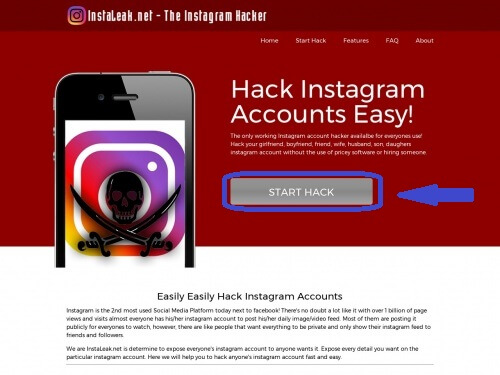
What could have happened
First, let's figure out how a stranger could gain access to your account at all. There are several options here.
Data leak and wildcard attack
A third party site where you registered might have been leaked. Having acquired a list of logins, e-mail addresses and passwords, scammers use them for a substitution attack, that is, they try to enter stolen credentials on many sites. Unfortunately, many people set the same passwords to protect their accounts in different services - this is what criminals are counting on.
Alternatively, your Facebook or Instagram credentials may have been leaked from the app you trusted them to. For example, in June last year, thousands of passwords from Instagram accounts leaked to the network, the owners of which used the Social Captain service to buy likes and followers. It turned out that he did not encrypt customer data, and anyone could get access to it. It is reasonable to assume that many users of the service have since experienced hacking attempts.
Phishing
It may also be that some time ago you fell for phishing, and your login with a password fell into the hands of scammers directly. They clicked on some link, and on the page that opened, very similar to the Facebook or Instagram login screen, they entered their credentials. So they ended up with the criminal. For example, most recently, our experts discovered a phishing campaign in which victims were lured to phishing pages by the threat of blocking their Facebook account due to copyright infringement.
Password theft
Your password may have been stolen by malware you picked up somewhere. Many Trojans have a built-in keylogger, a program that registers keystrokes on the keyboard. All logins and passwords that the victim enters, the keylogger directly passes into the hands of attackers.
Access token stolen
Someone may have stolen your access token. So that you don't have to enter a password every time you log into Facebook or Instagram, it saves a small piece of information needed to log in to your computer, which is called a token or access token. If an attacker steals the current token, he will be able to log into the account without a username and password.
If an attacker steals the current token, he will be able to log into the account without a username and password.
Tokens can be stolen in different ways. Sometimes this is done through vulnerabilities in Facebook itself - for example, in 2018, attackers were able to get access tokens to 50 million Facebook accounts. Also, attackers can use browser extensions to steal tokens.
Login from someone else's device
It's possible that you logged into Facebook or Instagram from someone else's device - at a party, in an Internet cafe, in a hotel lobby, and so on - and did not log out after that. Or, for example, they forgot to log out of their account on a device that they had already sold or donated. Now someone has discovered your oversight and logged into your account.
False alarm (phishing again)
Your account may not have been hacked at all, but they are trying with a fake suspicious login notification. This is the same phishing that we talked about above, but a slightly different version of it. Instead of the threat of blocking, scammers can use fake suspicious login notifications with a link to phishing sites similar to the login page. Attackers expect that the victim in a panic will go to a fake site and enter their username and password there.
Instead of the threat of blocking, scammers can use fake suspicious login notifications with a link to phishing sites similar to the login page. Attackers expect that the victim in a panic will go to a fake site and enter their username and password there.
And what to do?
We have sorted out the possible causes, now it's time to act. To get started, log into your account - but in any case not through the link from the notification (as we already know, it can lead to a phishing site), but through the mobile application or by entering the address in the browser manually. If the password does not match and you can no longer log into your account, refer to the detailed instructions on what to do if your account has already been hijacked, which we published earlier.
If you are still allowed into your account, go to your account settings and verify the authenticity of the notification. For each social network, the path to the desired settings item will be different - see how this is done on Facebook and Instagram.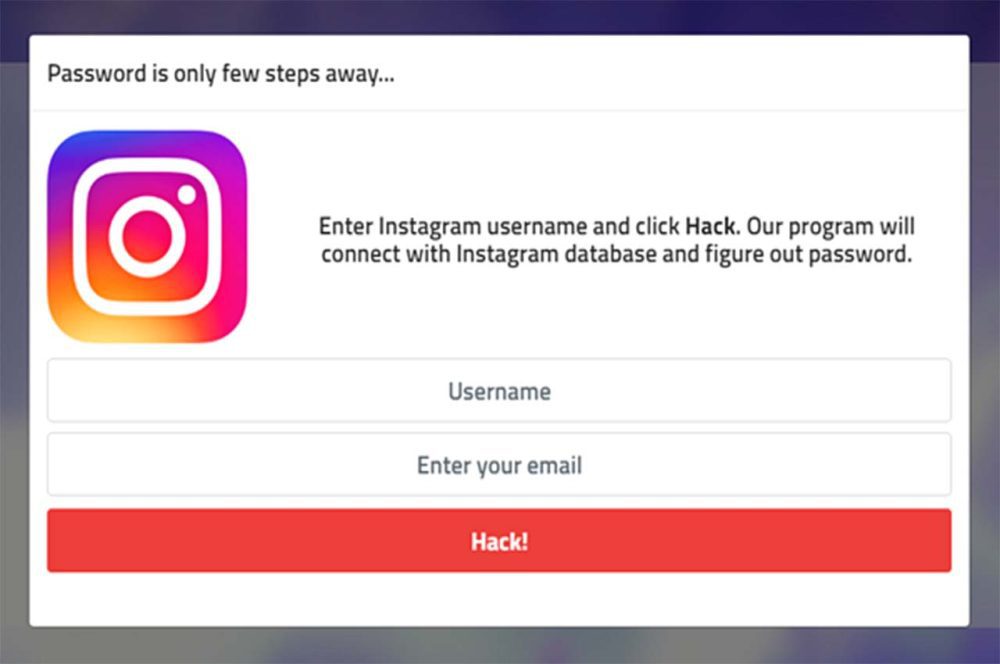 Then go to the “Account Logins” section: if there are no suspicious entries there, then everything is in order, and the message about the hack was still phishing.
Then go to the “Account Logins” section: if there are no suspicious entries there, then everything is in order, and the message about the hack was still phishing.
If you really see a suspicious one in the list of logins to your account, then it's time to hurry up to take protective measures - timely actions will help soften the blow:
- Log out of your account on all devices. On Instagram, you will have to manually end each session in menu Account Logins . And on Facebook, this can be done with a single click in the Security and login section in the settings. This will reset the access tokens.
- Make sure that the correct phone number and email address are specified in the account settings: attackers could change the data so that the link or code to change the password is sent to them. If they managed to do this, change it back to yours.
- Set a new password that is strong and one that you don't use anywhere else.
 If you're not sure you can remember it, save it in a password manager. By the way, at the same time the program will help you come up with a reliable combination.
If you're not sure you can remember it, save it in a password manager. By the way, at the same time the program will help you come up with a reliable combination. - Turn on two-factor authentication to make it harder for attackers to break into your accounts, even if they know your password.
- After that, be sure to check all your devices with a reliable antivirus to make sure that they are free of malware. Attention to security settings along with good protection will make your account your fortress.
Tips
Fake financial regulators
In emails, scammers pretend to be representatives of government agencies in order to swindle users of their personal data and money.
Air sellers in online stores
We tell how scammers deceive users of a well-known marketplace using a fake payment page for goods.
Subscribe to our weekly newsletter
- Email*
- *
- I agree to provide my email address to AO Kaspersky Lab in order to receive notifications of new publications on the site.
 I can withdraw my consent at any time by clicking on the "unsubscribe" button at the end of any of the emails sent to me for the above reasons.
I can withdraw my consent at any time by clicking on the "unsubscribe" button at the end of any of the emails sent to me for the above reasons.
- I agree to provide my email address to AO Kaspersky Lab in order to receive notifications of new publications on the site.
What to do if your Instagram account could be hacked?
Take action on the website or app to secure your Instagram account if you think it has been hacked or is being used by someone else. If someone has accessed your account or you're having trouble signing in, visit this page in a browser on your computer or mobile device to help protect your account.
You can also try to restore access according to the instructions below. Some of the actions listed are not available for all account types, but we recommend trying each one.
Check if you received an email from Instagram
If you received an email from [email protected] informing you that your email address has changed, please try to cancel and secure your account by clicking on the appropriate link.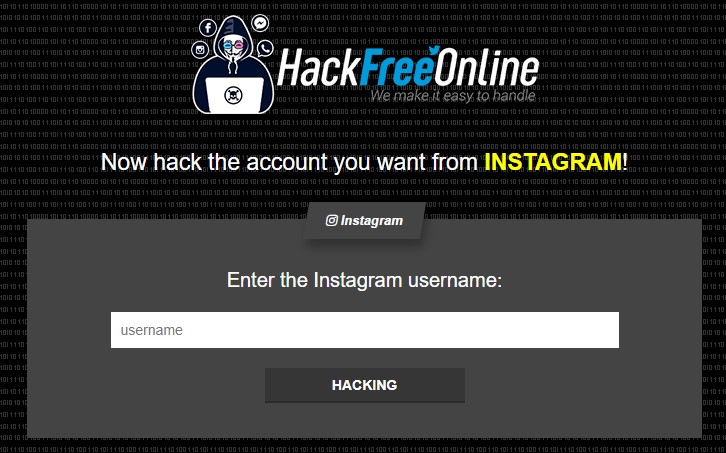 If some other information has changed (for example, the password), and you cannot restore the previous email address, request a login link or Instagram security code.
If some other information has changed (for example, the password), and you cannot restore the previous email address, request a login link or Instagram security code.
Request an Instagram login link
To help us verify that the account belongs to you, request a login link that we will send to your email address or phone number.
To request a login link:
Click Get help signing in (Android) or Forgot your password? (iPhone or browser).
Enter the username, email address, or phone number associated with your account and click Next. If you don't have access to that username, email address, or phone number, enter the login information you last used. Then click Can't reset your password? under the Next button and follow the instructions on the screen.
Pass verification to verify you are human (browser only).
Select your email address or phone number, and then click Next.
Follow the login link provided in the email or SMS and follow the instructions on the screen.
Request a security code or support on Instagram
If you are unable to recover your account using the login link, please request support.
To do this, follow the steps below.
Instagram app for Android
Instagram app for iPhone
Enter a secure email address that only you can access. After submitting your request, expect an email from Instagram with further instructions.
Learn more about what to do if you don't know your username.
Verify your identity
If you request support for an account that does not have a photo of you, you will receive an automatic email response from Meta Support. In order to verify your identity, we will ask you to provide the email address or phone number that you provided during registration, as well as the type of device from which you registered (for example, iPhone, Android device, iPad, etc.).
If you request support for an account that contains a photo of you, we will ask you to take a video selfie of you turning your head in different directions.

